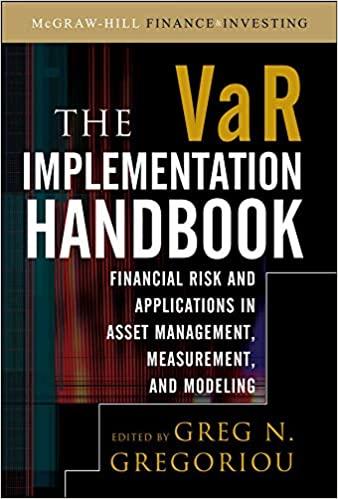Question
When a company conducts a stock split, it exchanges new shares for old ones according to some ratio. For example, in March 2018, Herbalife conducted
When a company conducts a stock split, it exchanges new shares for old ones according to some ratio. For example, in March 2018, Herbalife conducted a two-for-one stock split, so after the split each shareholder received two new shares in exchange for each share owned before the split. A stock split increases the number of shares outstanding but changes nothing else about the value of the company, so a split results in a proportionate decline in the per-share stock price. In Herbalifes case, the price before the two-for-one split was $111.17, and the day after the split the price was $55, roughly (though not exactly) a 50% drop.
a. Suppose a company that is part of the DJIA engages in a two-for-one stock split and immediately after the split its stock falls by 50%, leaving the total value of the company unchanged. Conceptually, what impact should this split have on the DJIA?
b. When this split occurs, all else held constant, what happens to the numerator of Equation 3.1?
c. When this split occurs, all else held constant, what do you think happens to the denominator of Equation 3.1?
d. How would your answers to all three questions above change if a company in the S&P 500 conducted a two-for-one stock split?
Step by Step Solution
There are 3 Steps involved in it
Step: 1

Get Instant Access to Expert-Tailored Solutions
See step-by-step solutions with expert insights and AI powered tools for academic success
Step: 2

Step: 3

Ace Your Homework with AI
Get the answers you need in no time with our AI-driven, step-by-step assistance
Get Started


